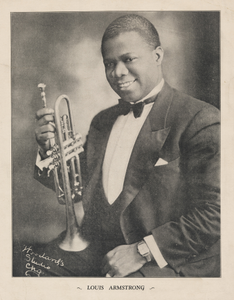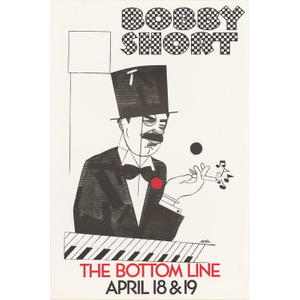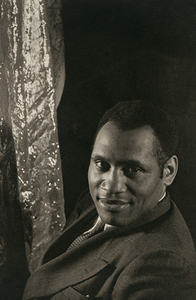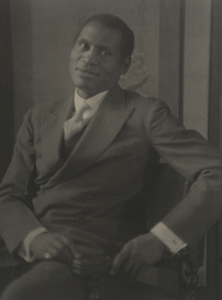Description
Hailed as “the first modern pop superstar,” Frank Sinatra also found favor with jazz enthusiasts who valued his enduring sense of “swing.” Sinatra launched his singing career in his native New Jersey, and scored a breakthrough in 1939 when an engagement at a local nightclub led to his recruitment as a vocalist with Harry James’s big band. Six months later, he switched to Tommy Dorsey’s orchestra where, backed by the Pied Pipers, he recorded his first chart-topping single—“I’ll Never Smile Again” (1940). A string of hits followed, and in 1942 Sinatra embarked on a solo career that flourished for several years before suffering a steep decline. An Oscar-winning role in the film From Here to Eternity (1953) helped revive his fortunes, as did a contract with Capitol Records. No longer a young crooner, Sinatra now expressed a hipness and worldly sophistication in his singing that was perfectly in tune with the times.Frank Sinatra, “la primera superestrella de la canción popular moderna”, también gozó del favor de los amantes del jazz que valoraban su consistente sentido del swing. Sinatra inició su carrera de cantante en su natal New Jersey y en 1939 dio el paso definitivo cuando, a raíz de su actuación en un club local, Harry James lo contrató para su big band. Seis meses después pasó a la orquesta de Tommy Dorsey. Con esta, y acompañado por las voces de los Pied Pipers, grabó su primer sencillo que llegó al tope de las listas de popularidad, “I’ll Never Smile...
Image
Selenium Toned Gelatin Silver Print
National Portrait Gallery, Smithsonian Institution
Record Contributed By
National Portrait GalleryRecord Harvested From
Smithsonian InstitutionKeywords
- Actor
- Actors And Actresses
- Bowtie
- Cigarette
- Congressional Gold Medal
- Costume
- Dress Accessories
- Dress Accessory
- Entertainers
- Equipment
- Frank Sinatra
- Indeterminable
- Leonard, Herman
- Male
- Men
- Microphone
- Motion Pictures
- Movie
- Musician
- Musicians
- Neckties
- Oscar
- Performer
- Performing Arts
- Portrait
- Portraits
- Presidential Medal Of Freedom
- Sinatra, Frank
- Singer
- Smoking Implements
- Sound Devices
- Tie





















